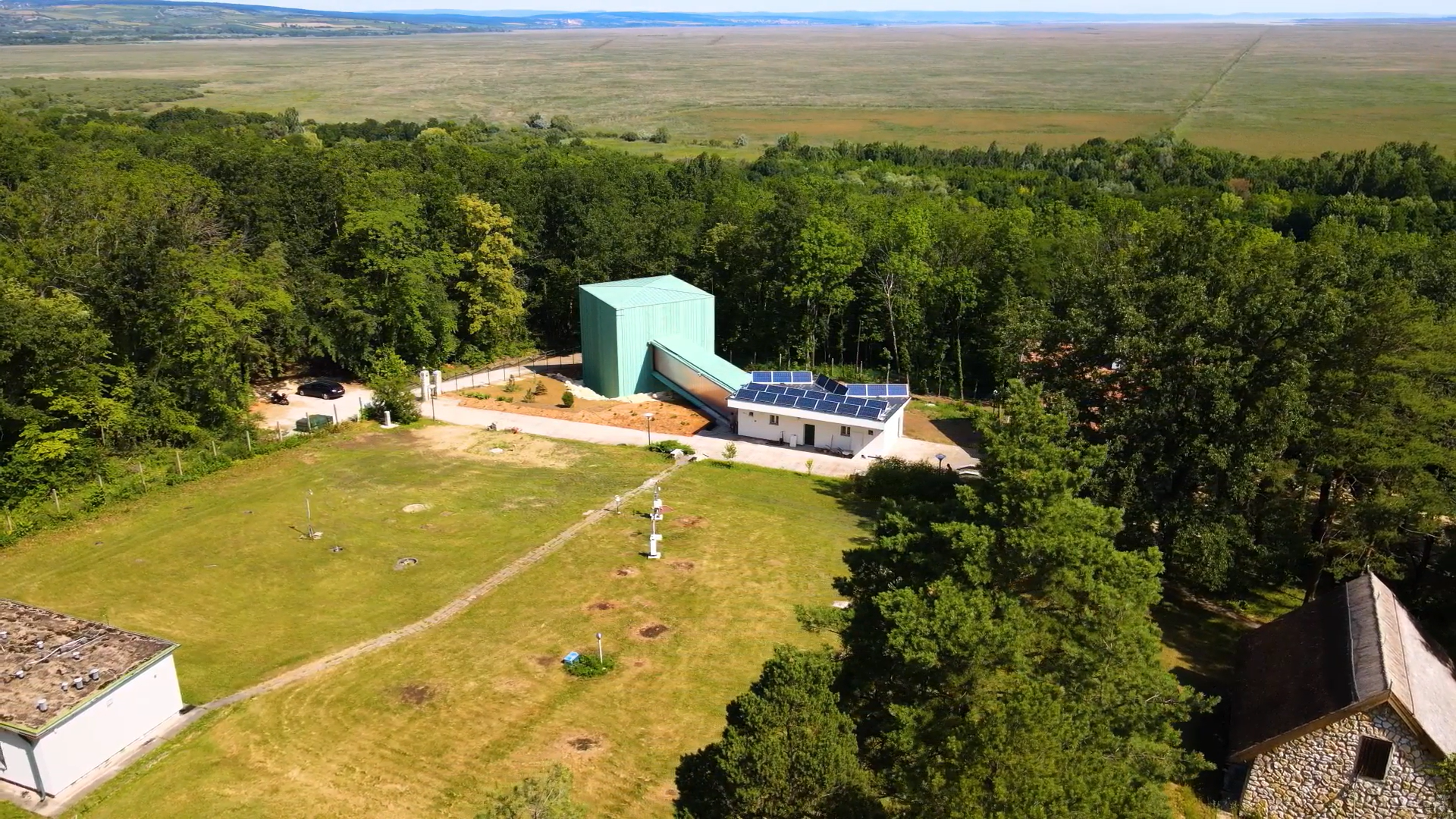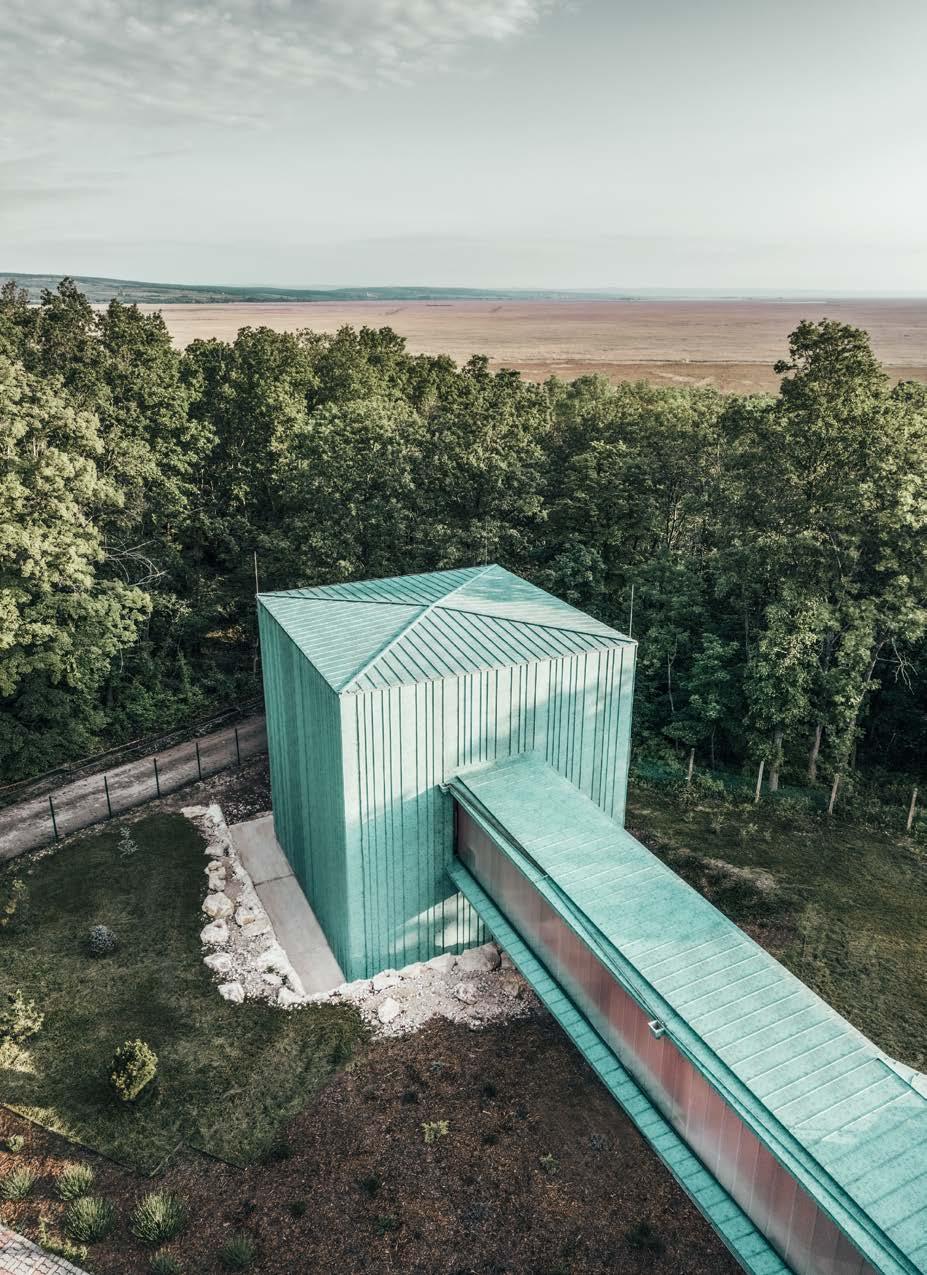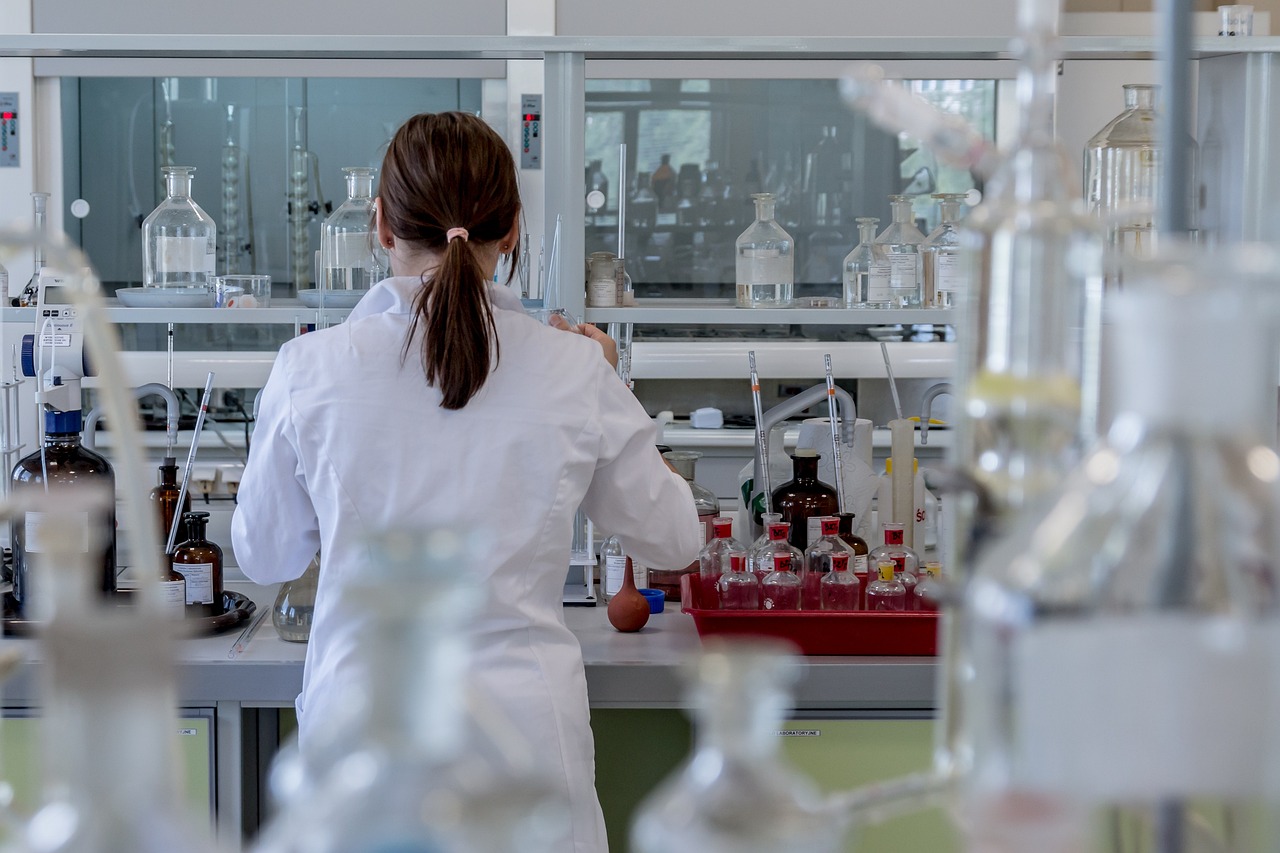Interplanetary Space Comes to Earth: Unique Research Begins at the Zero Magnetic Field Laboratory in Sopron
The Zero Magnetic Field Laboratory, developed as part of a joint project between the HUN-REN Institute of Earth Physics and Space Science (EPSS) in Sopron and the HUN-REN Wigner Research Centre for Physics (Wigner RCP), is set to enter the experimental phase within weeks. This one-of-a-kind laboratory, designed to eliminate the effects of magnetic fields using a unique method, could play a crucial role in the development of space instruments, medical diagnostic innovations, and even astronaut training.
The Zero Magnetic Field Laboratory (ZBL), developed through close collaboration between two HUN-REN research centres and with funding from the Economic Development and Innovation Operational Programme, aims to generate a magnetic field of nearly zero value, specifically below 1 nanotesla, within a space the size of a small room. This is achieved by creating a magnetic field of equal strength but opposite direction to the existing one. The Hungarian laboratory is globally unique due to its dual magnetic field attenuation system, designed using an external reference geomagnetic time series to ensure its operation. This dual system consists of two components: an active compensation system and a passive shielding chamber.

"The Earth's magnetic field is maintained by the dynamo effect, caused by the flow of liquid metal in the planet's outer core. This is coupled with a much smaller, but dynamically changing component—the magnetic field generated by currents in the Earth's ionised upper atmosphere. Together, these two components form the surface geomagnetic field. The active compensation system generates an opposing magnetic field of equal magnitude, updated every second. Accurate monitoring of these rapid changes is essential, which is why the establishment of such a laboratory is only possible near a geomagnetic observatory, such as the Széchenyi István Geophysical Observatory in Fertőboz," explained István Lemperger, leader of the EPSS Geomagnetism-Geoelectricity Research Group, highlighting the geographical context of the development.

Approaching a zero magnetic field is essential not only for experiments that require such conditions but also for generating controlled fields, which can only be created by superimposing them onto a highly precise zero field. These controlled fields are crucial, for example, in the calibration of magnetometers—magnetic field measuring instruments developed for satellite or surface applications.
Fine-tuning of the laboratory is now underway, including the process of degaussing the chamber. Experimental measurements, involving researchers from both Wigner RCP and EPSS, are already being conducted in and around the chamber. These measurements aim to map the complex magnetic field structure and gain a precise understanding of the dual system’s behaviour. Wigner RCP researchers are developing a SERF magnetometer, approximately the size of a matchbox, to measure magnetic fields. Previously, achieving the same level of resolution on the surface with this technology required a device the size of a small room.

Biophysical experiments will also continue at Fertőboz. At the University of Sopron, a PhD thesis will investigate the growth rate, orientation, and nutrient absorption of plant seedlings in an environment free from geomagnetic fields. Meanwhile, researchers at Eszterházy Károly Catholic University in Eger will explore how human cognitive abilities—such as memory, decision-making speed and efficiency, and problem-solving skills for simple tasks—are affected in near-zero magnetic fields. During the experiments, participants will perform guided tasks while researchers use EEG equipment to monitor the distribution of electrical potentials generated by brain activity. The study will also feature a specialised eye-tracking hardware and software system. The combined analysis of these data sets could yield new insights that can be used in astronaut training.
The laboratory can also serve as a site for developing the technology needed to produce expensive components for medical diagnostic tools, such as magnetoencephalographs, more affordably.
"Discussions are currently underway with researchers from Széchenyi István University in Győr on designing materials science experiments. These experiments aim to investigate the changes in material structure resulting from the manufacture of alloys and components used in space technology and military developments in near-zero magnetic fields," said István Lemperger, highlighting another specific area of investigation.

